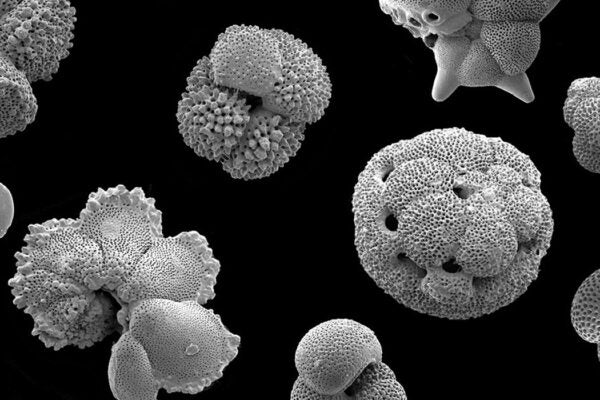Fur was once a key element of high fashion, but in recent decades, demand for it has dropped in the West, particularly thanks to animal rights campaigns and partly thanks to changing fashions. Beaver hats are long gone from men’s wardrobes, and Hollywood stars no longer arrive for movie premieres in mink coats. Indeed, many countries have banned fur farming altogether.
But elsewhere there are still markets for furs, and those harvested pelts still function as status emblems. According to scholars Rivers Gambrell, Katie Javanaud, and Harshmeena Sanghanithe, the industry costs a billion animal lives per year. The majority of these animals are farmed and often kept in inhumane conditions.
The obvious aesthetic alternative, faux fur, while less cruel, brings its own challenge: the acrylics required for its manufacture create significant environmental pollution. Gambrell, Javanaud, and Sanghanithe suggest another option: lab-grown fur. This requires taking a skin sample (including hair follicles) from an animal, which could then be reproduced via stem cells.
Recent years have seen the development of lab-grown meat, replicating animal cells in an artificial environment for human consumption. In theory, fur could follow a similar trajectory. But Gambrell et al. warn there are ethical issues we still need to consider.
“Potential objections include, first, that the production of this technology is premised on the acceptability of the commodification of animals,” they write. “In other words, the sheer fact that the end product of in vitro fur would ultimately be traced back to an individual animal could lend weight to the notion that animal use for human luxury is morally justifiable.”
Weekly Newsletter
Nonetheless, they suggest that lab-grown fur could be an improvement on the current situation, in terms of animal lives saved. They agree that lab-grown fur
would not address the fundamental problems inherent in human attitudes toward the commodification of nonhumans, [but] it would nevertheless represent a practical solution that could save billions of lives every year.
Lab-grown fur, when developed “in combination with (a) educational reform, (b) greater legal protection of nonhumans, and (c) enhanced transparency of the fur industry, could lead to a fundamental reorientation in human/nonhuman relations.”
Getting skin biopsies from mink isn’t painless and still represents exploitation of animals for humans. Despite this, it still could be viewed as a step away—and forward—from industrial farming. If we can harness lab technology to save animal lives, there could be ethical fur on the runways of tomorrow.
Support JSTOR Daily! Join our membership program on Patreon today.







